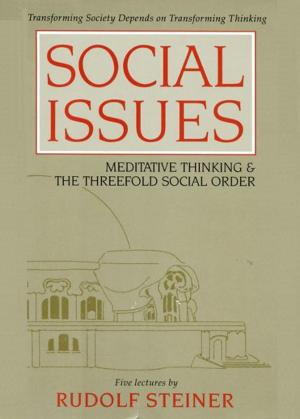The Infinity Delusion
Nonfiction, Science & Nature, Mathematics, History, Science, Other Sciences, Philosophy & Social Aspects| Author: | James R Meyer | ISBN: | 9781906706036 |
| Publisher: | James R Meyer | Publication: | March 3, 2014 |
| Imprint: | Smashwords Edition | Language: | English |
| Author: | James R Meyer |
| ISBN: | 9781906706036 |
| Publisher: | James R Meyer |
| Publication: | March 3, 2014 |
| Imprint: | Smashwords Edition |
| Language: | English |
If Richard Dawkins had decided to write a book about irrational beliefs in mathematics this is the book that he would have written. This is a book that is both controversial and illuminating and which forces us to take a fresh look at what we believe and why we believe it.
The book asks why people might believe that numbers ‘exist’, rather than simply being a concept of our minds? In particular, why should we believe that numbers that consist of the sum of an infinite number of other numbers added together exist?
If you think that this is an inconsequential philosophical question, then this book will make you think again. It presents powerful and lucid arguments that demonstrate that many mathematical findings actually depend on a hidden incorporation of such beliefs, and shows precisely how this can happen.
If you have any interest in how some of the strangest results of mathematics are generated, then this book is sure to fascinate you.
If Richard Dawkins had decided to write a book about irrational beliefs in mathematics this is the book that he would have written. This is a book that is both controversial and illuminating and which forces us to take a fresh look at what we believe and why we believe it.
The book asks why people might believe that numbers ‘exist’, rather than simply being a concept of our minds? In particular, why should we believe that numbers that consist of the sum of an infinite number of other numbers added together exist?
If you think that this is an inconsequential philosophical question, then this book will make you think again. It presents powerful and lucid arguments that demonstrate that many mathematical findings actually depend on a hidden incorporation of such beliefs, and shows precisely how this can happen.
If you have any interest in how some of the strangest results of mathematics are generated, then this book is sure to fascinate you.















